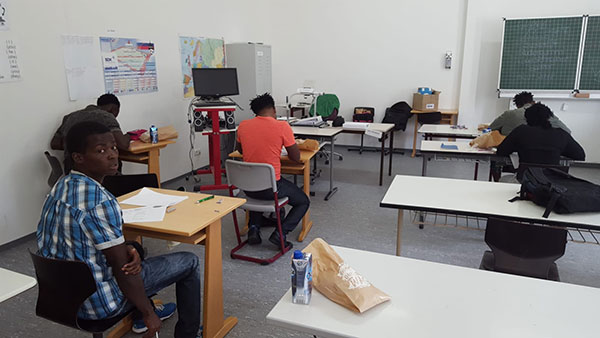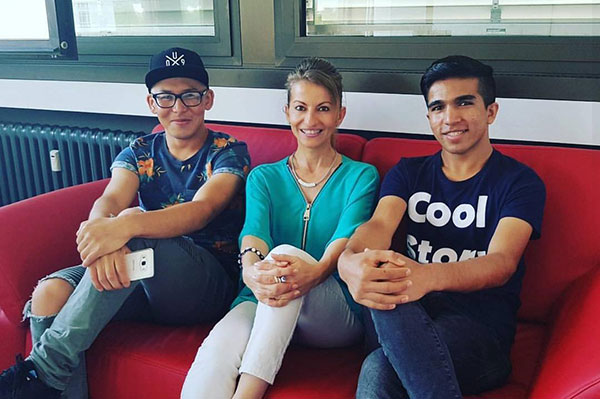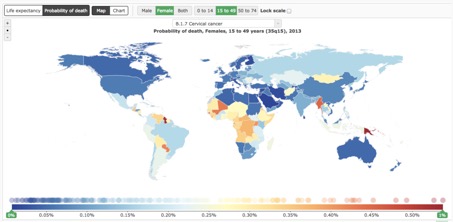Projects
Turkey / Syria
Active
Medical help for children
OWMN is collecting donations for ventilators for children. With our donation project we will help children affected by the earthquakes. Especially the youngest ones are extremely hard hit by this inconceivable natural disaster. Ventilators are needed for the children. Although the earthquakes have already happened a few weeks ago, children are still lying in hospitals and struggling with their injuries. OWMN has decided to use the donations to buy ventilators and provide them to hospitals in Turkey and Syria. Ventilators are urgently needed as children have inhaled a lot of dust during the earthquake and therefore some of their lungs are no longer able to absorb enough oxygen. We are talking to companies that offer used, reconditioned and certified ventilators. New devices are very expensive. With used equipment we can support more children and hospitals than with expensive new equipment.
For this project, we are looking for ways to finance the transport of the equipment to Turkey and the Syrian border. In addition, we would like to finance more equipment for which we lack the financial means and are therefore looking for funding opportunities. The further training of doctors and nurses in the affected earthquake areas is also on our list, but for this we also need financial means to prepare the further training materials and translate them into the respective national languages.
Germany
Active
Refugee Activities
Deggendorf has been a contact point for asylum seekers since 2015. First Syrians came to Deggendorf. OWMN was already in contact with doctors from the so-called “Erstaufnahmelager” (first reception camp) in 2016. OWMN provided translators for the Arabic-speaking patients.
OWMN supported families in coping with the administrative processes. As a lecturer at the Technical University Deggendorf our president Mrs. Schmaus-Klughammer, supported asylum-seeking Syrian students in applying for scholarships.
OWMN supports Syrian physicians in the handling of administrative procedures, in the selection of suitable study places and supports them in applying for their license to practise medicine in Germany.
Members of OWMN work as teachers for refugees. They teach German and conflict prevention and assist in the search for jobs and apprenticeships.

Since 2018 there is an “Ankerzentrum” (anchor centre) in Deggendorf. OWMN supports refugees from various countries in administrative procedures.
The contact with Afghan asylum seekers and refugees and their situation has prompted OWMN to hold intensive talks with Afghan people in various Bavarian anchor centres, with those living outside of institutions, as well as with employees of the BAMF, ZAB, Caritas and other organisations. From these conversations it became clear that there are many Afghan people in Germany who wish to return to their home country. What has prevented them so far is the lack of prospects in Afghanistan. It was explained to us in a uniform way that with a perspective on education and work in Afghanistan they are willing to return. During these talks, members of OWMN contacted Afghan doctors in Germany and Afghanistan. Afghan NGOs agreed to work with OWMN.

The aim of the project is to enable Afghan people in Germany and Afghanistan to participate in a project to improve health care. For this purpose, buildings will be built, craftsmen will be qualified, nurses and midwives will be trained and doctors will receive further training.
Mongolia
Active
Telepathology
In a country such as Mongolia, doctors are, due to the geographical situation (huge country, sparsely populated, hardly any roads), very isolated and left all by themselves with difficult patient cases.
In 2008, some members of One World Medical Network in collaboration with the Swiss Surgical Teams supported by the SDC built up a telemedicine network that supports Mongolian doctors with diagnoses and clinical decisions. In the meantime, all of the 21 aimak hospitals are connected to hospitals in the capital city Ulaanbaatar via internet and the telemedicine platform CampusMedicus.
More than 30,000 patient cases have been diagnosed so far. Patients suffering from tumours, babies suspected of having hip dysplasia and women being screened for cervical cancer – each of them can get correct diagnoses from experts.
Some members are also involved in advising projects in Mongolia executed by UNFPA, the Lux Dev Project and the Millennium Challenge Account.
Armenia
Active
Teleradiology
Due to the earthquake in 1988, Armenia has been weakened significantly. In 1991, the Soviet Union collapsed. This has had a negative impact on the country’s economy. The government invests less than 2 percent of the GDP in health care for the population.
Medical care and training of doctors in Armenia are mostly poor which is reflected in inadequate medical equipment. Hospitals in Yerewan but even more Vanadzor and Gumry as well as the rural regions are affected. Many Armenians do not have enough money to pay a doctor’s bill and private health insurance is not affordable for many of them.
In 2010, some members of One World Medical Network collaborated with the pathologist Prof. Dr. med. Martin Oberholzer building up a telemedicine network in Armenia which helps doctors making diagnoses and clinical decisions. The Arabkir hospital in Yerewan as well as the hospitals in Vanadzor and Gumry have been equipped with computers, microscopes, light tables and cameras for digitizing radiographs. The telemedicine platform CampusMedicus and this equipment enables doctors to be connected to each other in Armenia as well as to international radiologists and pathologists.
Sub-Sahara-Africa
In preparation
Cervical Cancer

Leading killer of African women
The most common cause of cervical cancer is an infection with certain types of human papilloma virus (HPV), which is usually transmitted sexually. Although most HPV infections clear up on their own and most pre-cancerous lesions resolve spontaneously, there is a risk for all women that HPV infection may become chronic and pre-cancerous lesions progress to invasive cervical cancer.
It takes 15 to 20 years for cervical cancer to develop in women with normal immune systems. It can take only 5 to 10 years in women with weakened immune systems, such as those with untreated HIV infection. (source: WHO)
In most African countries, unlike in Germany, there are no regular gynaecological examinations of women. Due to this fact, patients are only diagnosed at an advanced stage of the disease. This is usually too late for treatment. The high incidence of HIV disease aggravates the situation even more, as HIV-positive women suffer from cervical cancer 4-5 times more frequently than HIV-negative women.
According to a WHO study, there is a shortage of trained health workers in developing countries. The training of the middle level of medical staff is a solution to reduce this shortage of doctors in rural areas.
The training of medical staff and doctors, especially in rural areas, will be the beginning of our project work. This guarantees the sustainability of the project. We will focus on teaching how prevention and detection of cervical cancer can reduce the mortality rate of women in rural areas. As there is hardly any laboratory equipment available in rural areas, the health stations will be equipped with simple tools and equipment.
In a second step, district hospitals will receive telepathology and eLearning equipment. These devices allow the acquisition of images with a microscope and the projection of images for educational purposes.
With the help of a telemedicine platform, medical staff and physicians will be able to exchange and discuss difficult patient cases with physicians from OWMN. Diagnoses will be available within shortest time. Video lectures will be available for health worker and physicians.
Physicians from OWMN will travel to the countries to supplement the training of health workers and doctors. Blended learning will be part of the project work.